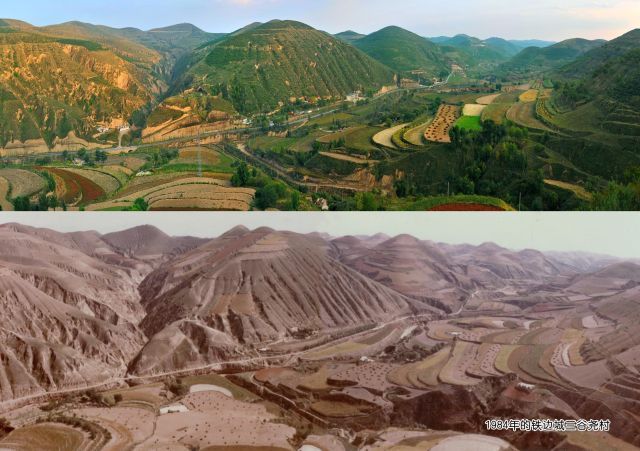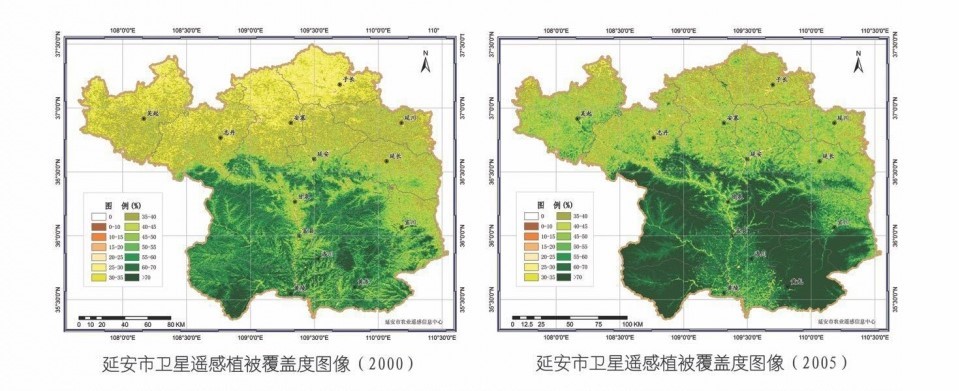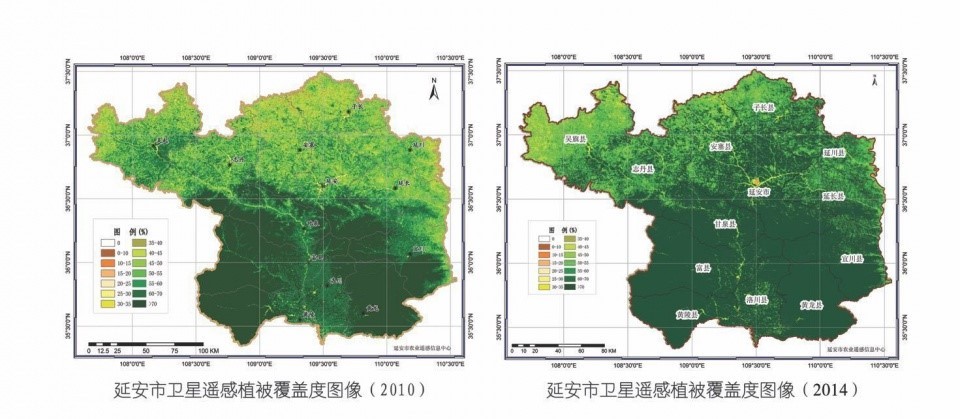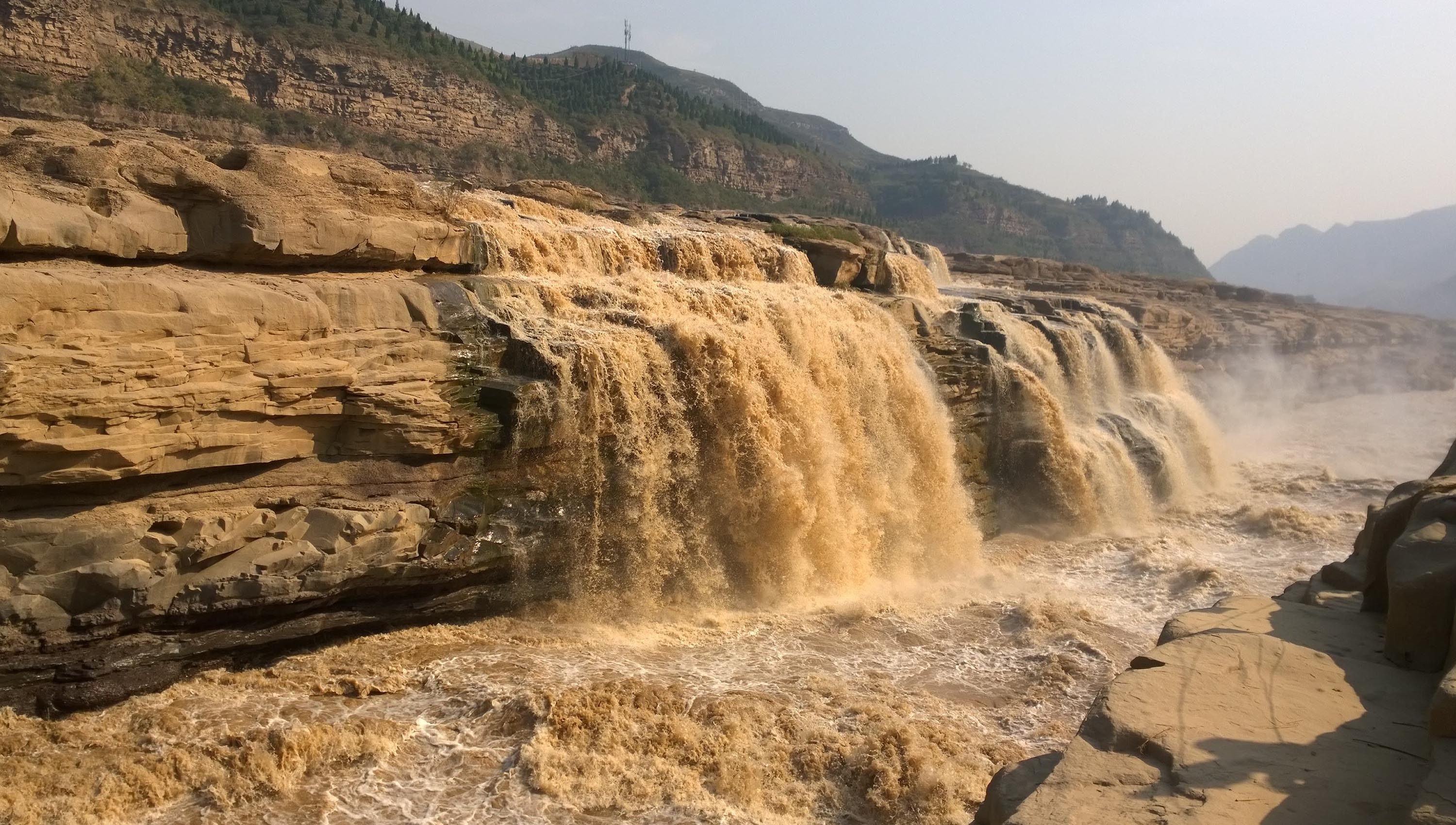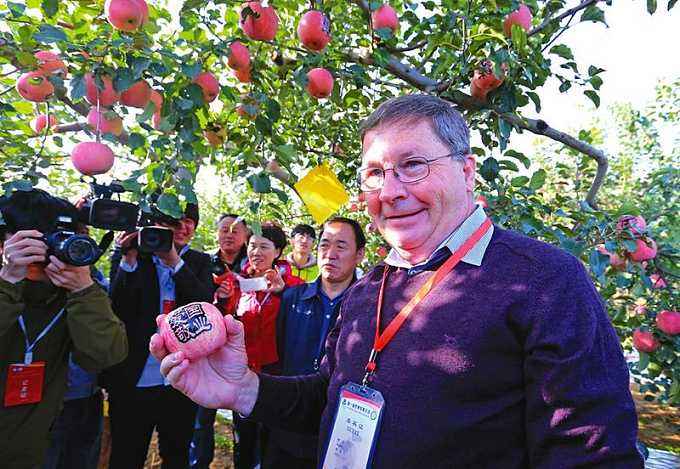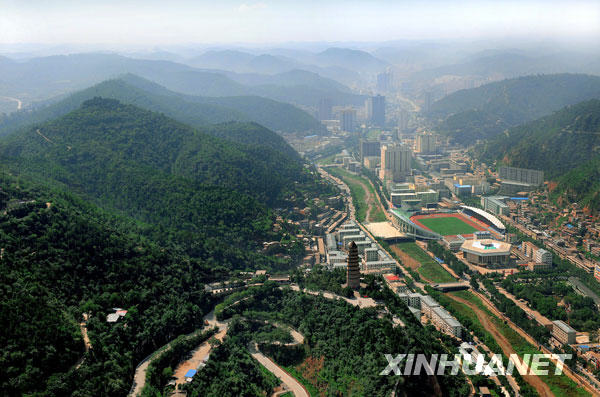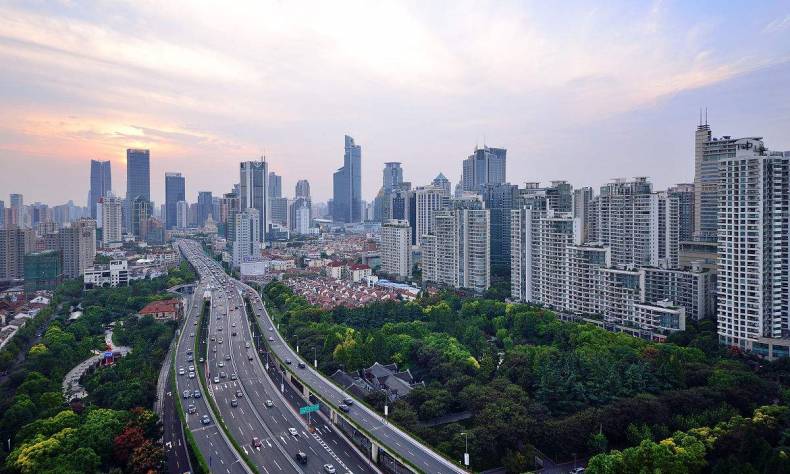
Barren Hills Turn Green: A Yan’an Miracle
More than 80 years ago, American journalist Edgar Snow recorded the scene of the Loess Plateau in Red Star Over China. Apart from the desolate landscape, the poverty of the loess at the time made a deep impression on him. In the book, he lamented that “North Shaanxi was one of the poorest parts of China I have ever seen.” Snow added that, “A peasant could own as much as 100 mu of land and yet be a poor man.”
Located in Northern Shaanxi, Yan’an was once the center of the Chinese revolution. However, poor natural conditions here as well as the poverty of the people were heartbreaking. In the past, the main source of income for the villagers in Yan’an was farming and sheepherding. Due to the poor quality of the land and serious soil erosion, people often worked painstakingly the entire year and yet gained only a little. Not only that, but the city remained caught in the vicious cycle of “the more land they cultivated, the more barren the land was, and the poorer the people were.”
“Every family cultivated dozens of acres of land, but they might still be hungry,” described 53-year-old villager Yan Zhixiong Nangou Village, Wuqi County, Yan’an City at the time.
At the end of the last century, total land area suffering from soil erosion in Yan’an was as high as 28,800 square kilometers. The annual sediment flowing into the Yellow River was 258 million tons, accounting for about one-sixth of the total sediment entering the river.
Starting in 1998, everything changed. In that year, the city of Yan’an began the hard transformation of returning farmland to forest. Not only did they ensure that the sheep that had been bred for generations could not enter the mountains, but the people also relied on 20 years of hard work to cultivate a forest on the dry loess.
Δ The scene of Sanguyao Village in Tiebian Town, Wuqi County, Yan’an City in 1984 (below) compared with the new appearance (above) after returning farmland to forest in the same location in 2012. (Xinhua News Agency)
Returning farmland to forest is not easy. In places that are dry and lacking in water like Yan’an, it’s difficult to grow trees in one try, and it is often necessary to replant trees five or six times to ensure they grow healthily. The season of planting trees falls in spring and autumn, which is also the cold season in Yan’an. In some mountainous areas, in order to plant trees on steep cliffs, peasants would put the seedlings in their back baskets and crawl up the ridge on their hands and feet.
“In the weather conditions in which dripping water turned to ice, farmers not only had to carry seedlings back and forth, but also had to dig holes and plant trees on the almost vertical cliffs. They could only drink cold water when thirsty and eat dry steamed buns when hungry,” said He Yanpu, a Yan’an TV station reporter who has covered the topic of returning farmland to forest on several occasions.
▲ Significant tangible changes have taken place over the past 20 years since the launch of the project, Yan’an has returned 10.7746 million mu (1 hectare equals to 15 mu) of farmland to forest, and the vegetation coverage rate has increased from 46 percent in 2000 to 81.3 percent in 2017. The city has become the veritable “first city for returning farmland to forest nationwide” because of its large area and notable success in cultivating forested areas. Satellite remote sensing maps shows that the overall green color in Northern Shaanxi has moved northwards by about 400 kilometers.
▲ Due to the positive effects of proper sand control, the annual amount of sediment flowing into the Yellow River in Yan’an has dropped sharply from 258 million tons to 31 million tons. The water quality of the Yellow River has changed from an obviously turbid color to clean. The Hukou Waterfall, located between Yan’an, Shaanxi and Linfen, Shanxi, enjoys an annual two-month clear waterfall spectacle, which differs from the ordinary golden color.
The green hills and clean waters of Yan’an have not only reversed the fortunes of the local ecological environment, but also promoted farmers’ processes of getting rid of poverty and becoming better off. They have been emancipated from the inefficient work of “extensive cultivation”, and carried out intensive cultivation. The grain yield per unit has increased year-by-year, from 149 kilograms per mu in 1999 to 254.1 kilograms per mu in 2017. The per capita net income of farmers has also increased from 1,356 yuan before the returning farmland to forest efforts began in 1998, to 11,525 yuan in 2017.
Mountain apples have now become the leading agricultural industry in Yan’an. From 1999 to 2017, the total value of output of apples in Yan’an increased from 690 million yuan to 10.171 billion yuan. Based on the apple industry, the incidence of poverty has been in decline, dropping to just 3.86 percent in 2017.
▲ On Oct. 11, 2016, Professor Roderick Drew, president of the International Society for Horticultural Science, tasted a freshly picked mountain apple at the Kongjiagou Organic Apple Demonstration Base in Liulin Town, Baota District, Yan’an City.
The 20-year large-scale return from farmland to forest not only allows Yan’an to return to a state of green hills and clean water, but also creates economic benefits due to ecological improvements. In addition, the quality of life of local farmers continues to improve. Relying on the good ecological environment, Nanniwan Town, under the jurisdiction of Baota District, has set up tourism projects such as spring flowers, autumn leaves, rice fields, fish ponds and others. Such projects have been successful in attracting tourists from both home and abroad. Hei Xueliang, the mayor of the town, said that 10-15 percent of the additional income of farmers in Nanniwan is currently derived from the “ecological economy”.
▲ Green has become the main color of Yan’an City.
From the desolate, barren land and the boundless yellow sand to today’s green complete with the fragrance of fruits, Yan’an has managed a remarkable transformation in 20 years, becoming a successful example of returning farmland to forest and protecting China’s ecology.
 Facebook
Facebook
 Twitter
Twitter
 Linkedin
Linkedin
 Google +
Google +
